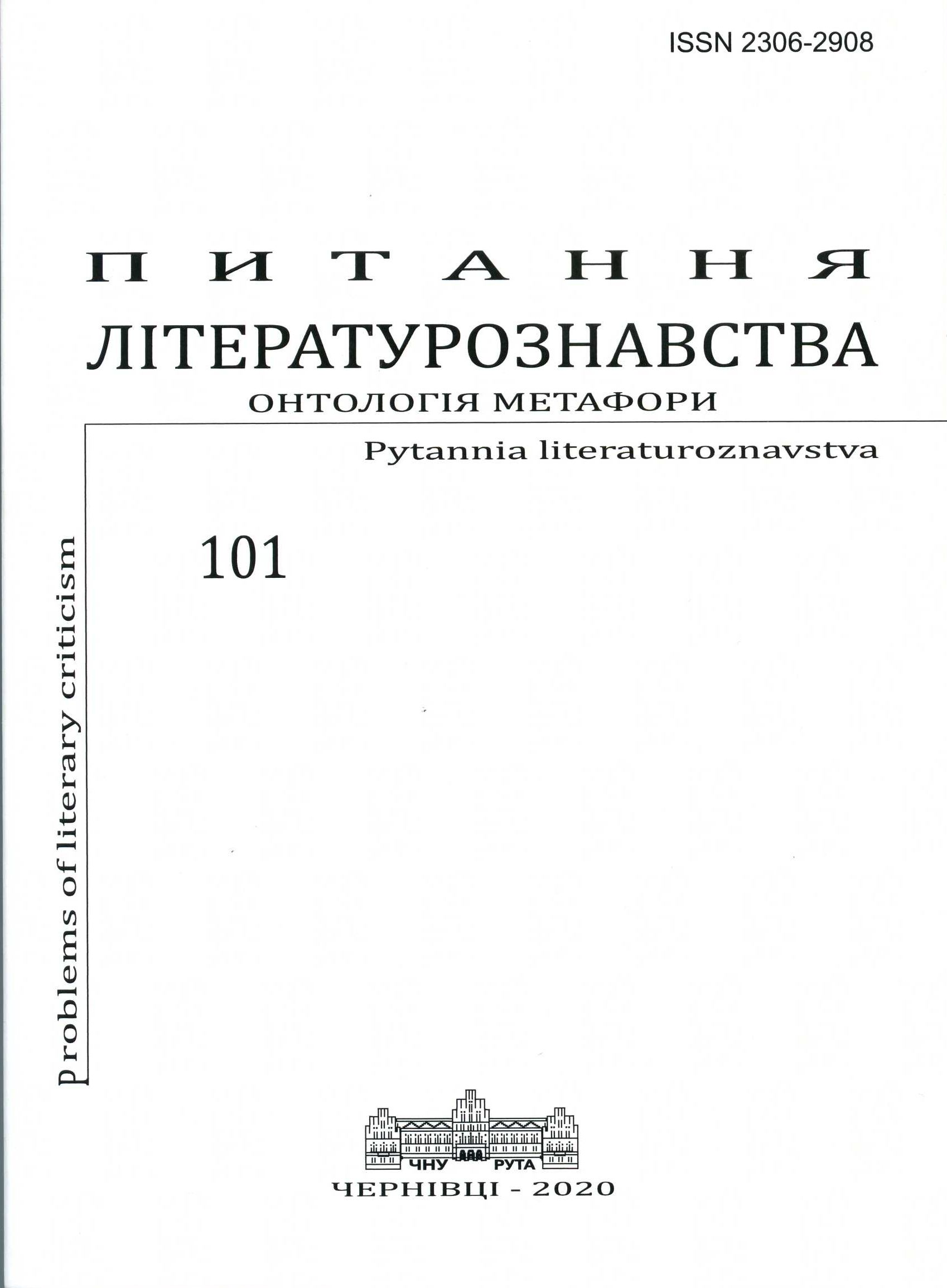“Aixo era y no era”: онтологічний парадокс метафоричної референції
“Aixo era y no era”: The Ontological Paradox of Metaphoric Reference
Author(s): Galyna DranenkoSubject(s): Theoretical Linguistics, Structuralism and Post-Structuralism, Philosophy of Language, Theory of Literature, Ontology
Published by: Чернівецький національний університет імені Юрія Федьковича
Keywords: metaphor; ontology; metaphoric reference; ontological metaphor; Paul Ricoeur; The Living Metaphor; functioning of theoretical paradigms;
Summary/Abstract: A quick look on the history of criticism and literary theory of the current period shows curious reversals and strange returns. Indeed one can see the slow and unrelenting disappearance of rhetoric, justly qualified as restricted, since it has been all too often limited to identifying and classifying of the various figures. It has been replaced by a new criticism, a fundamentally formalist one, the assumptions of which are akin to those of the “text sciences”; if the structure, the “poetical function” of the texts were underlined, it was to the detriment of their functional reference and their meaning to put it simply. There is no doubt that today this approach is running out of steam and is meeting some decline. For that reason, the history of literature is coming back in force and finds a new youth with the developments of the theories of perception. But there reappears also a new interest in a semantic approach of the texts, which is concerned with their references. This approach, which comes from logistics (G. Frege), undoubtedly opens a philosophical horizon, particularly on some kind of ontology. Thus it is not surprising to find that a great many studies question the metaphorical process again from that perspective given the paradoxical nature of its reference and thus of its ontology which could be summed up through the usual exordium of the Majorcan storytellers: “Aixo era y no era” (it was and was not). Paul Ricœur insists on the paradoxical nature of the metaphorical reference since “the metaphor is a way of working on the language which consists in giving the logical subjects predicates that are incompatible with the first ones” (From Text to Action).In his book The Living Metaphor, the French philosopher analyses the concept of the “ontological metaphor” from the idea of the “divided reference”. Ricœur moves away from a purely stylistic or linguistic approach, centred on the word (a deviant denomination) to describe the metaphorical process on the level of the phrase and of the discourse (a non-pertinent predication): “Then there is a metaphor, since we can discern <…> the resistance of words <…> their incompatibility on the level of a literal interpretation of a sentence” (From Text to Action). But that non-pertinence and the abolition of the reference in the everyday reality are not a purely gratuitous verbal game, for they liberate “another kind of reference to other dimensions of reality” (The Living Metaphor). It is that way of tension of the metaphor which we intend to present in our study for it expresses some kind of „ontological vehemence” as Ricœur puts it so well? Let us add that the metaphor seen as a new description of reality, can be conceived, so to speak, as a “model”, in the sense of a prototype which accounts of the way a literary text functions when it is a “opening on the world”, when it places itself “in the service of things that want to be expressed” and when it responds “to the need of a discourse that comes from all forms of experience” (Mimesis, Reference and new figuration in “Time and Narrative”).
Journal: Питання літературознавства
- Issue Year: 2020
- Issue No: 101
- Page Range: 30-46
- Page Count: 17
- Language: Ukrainian

